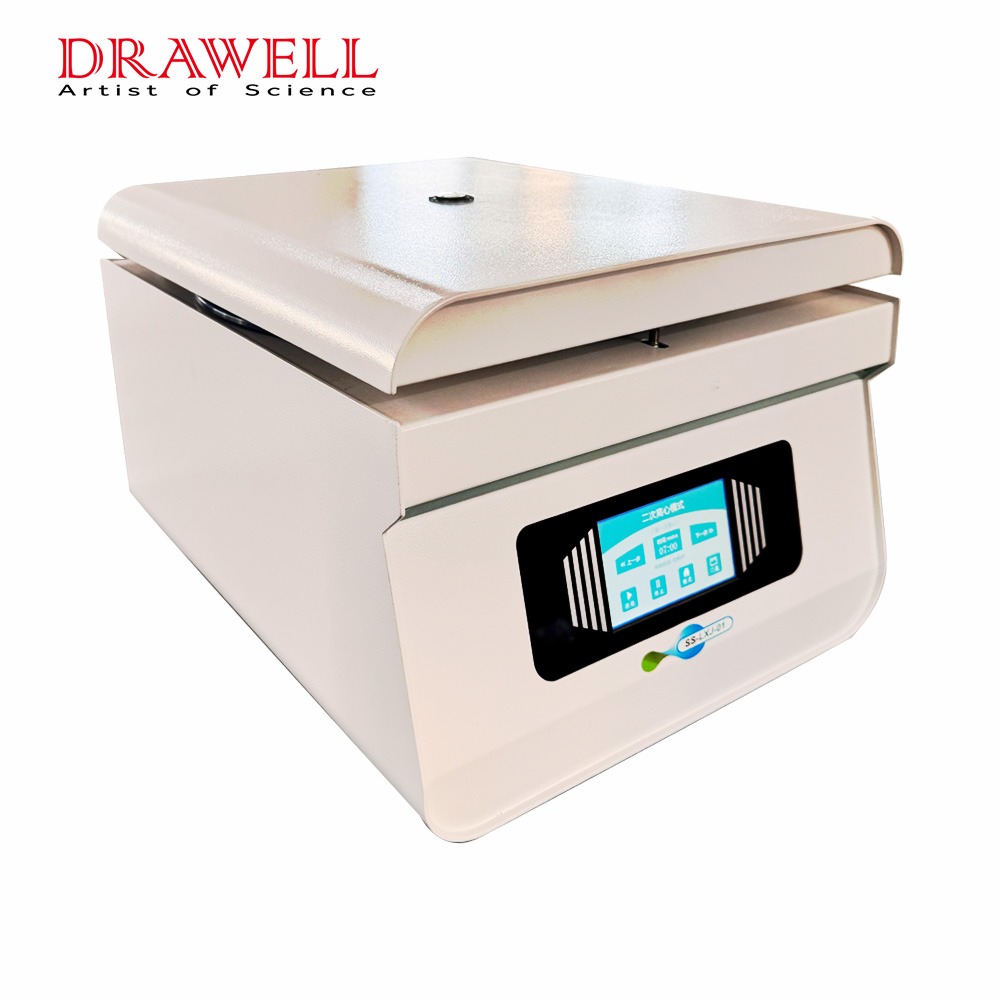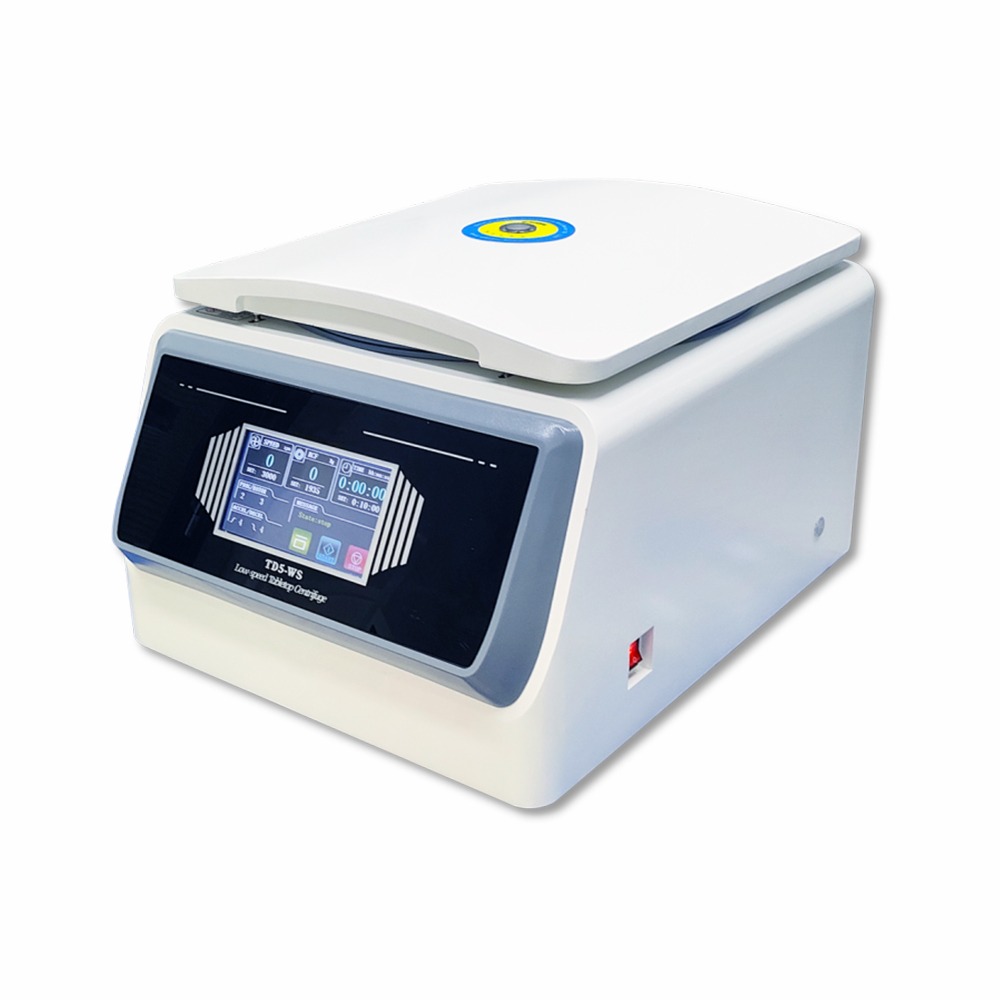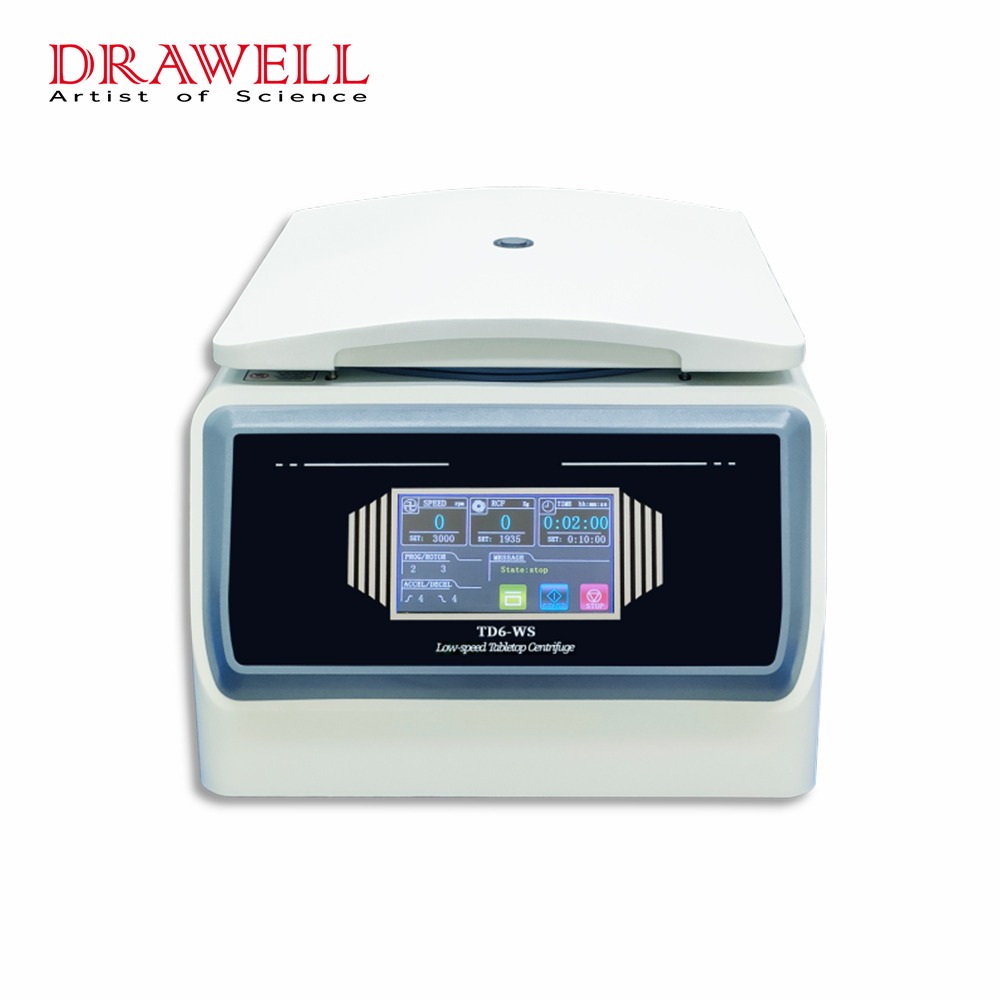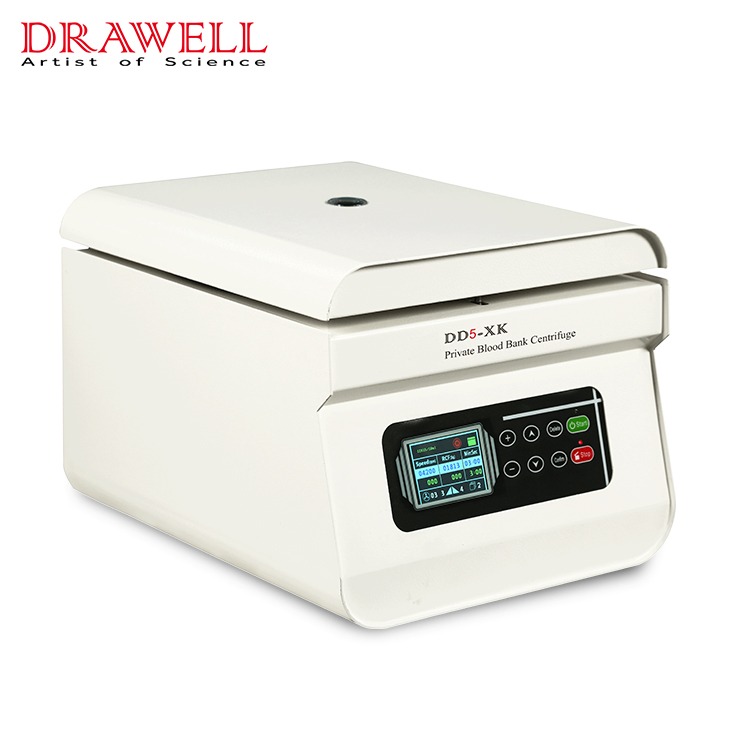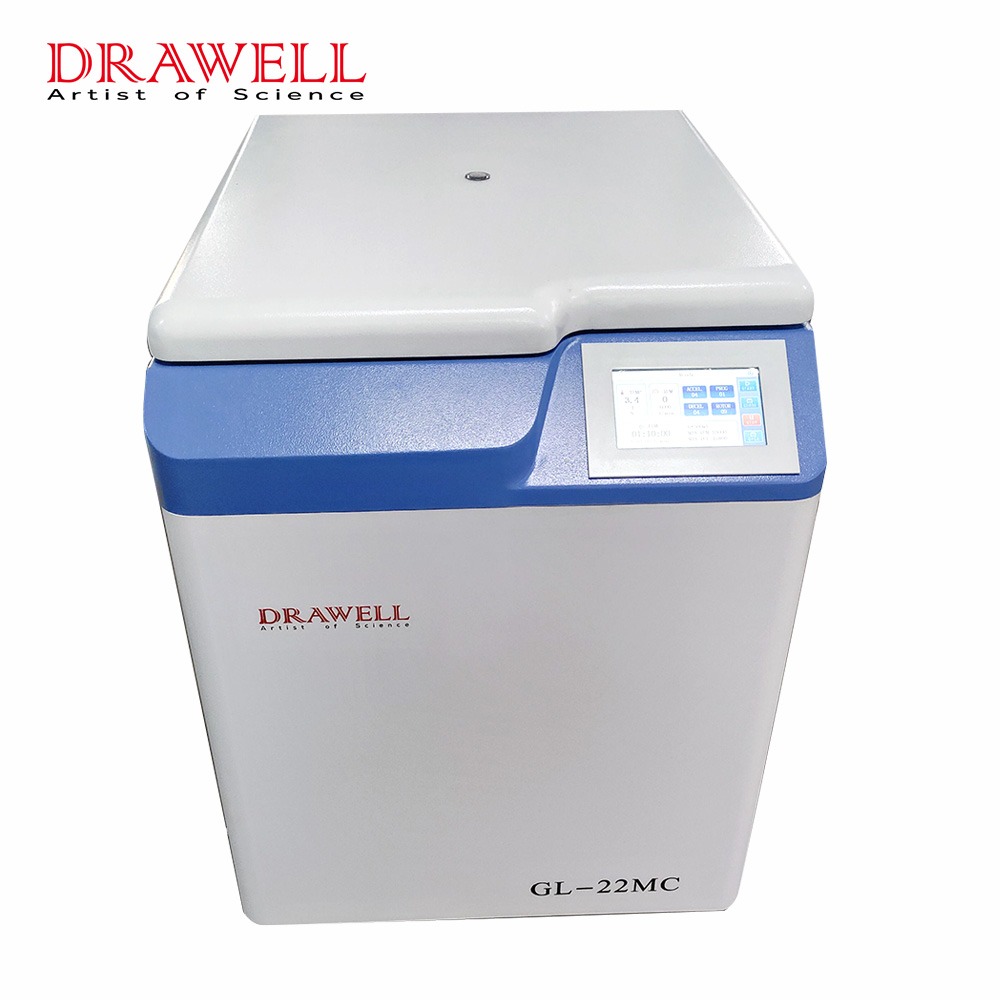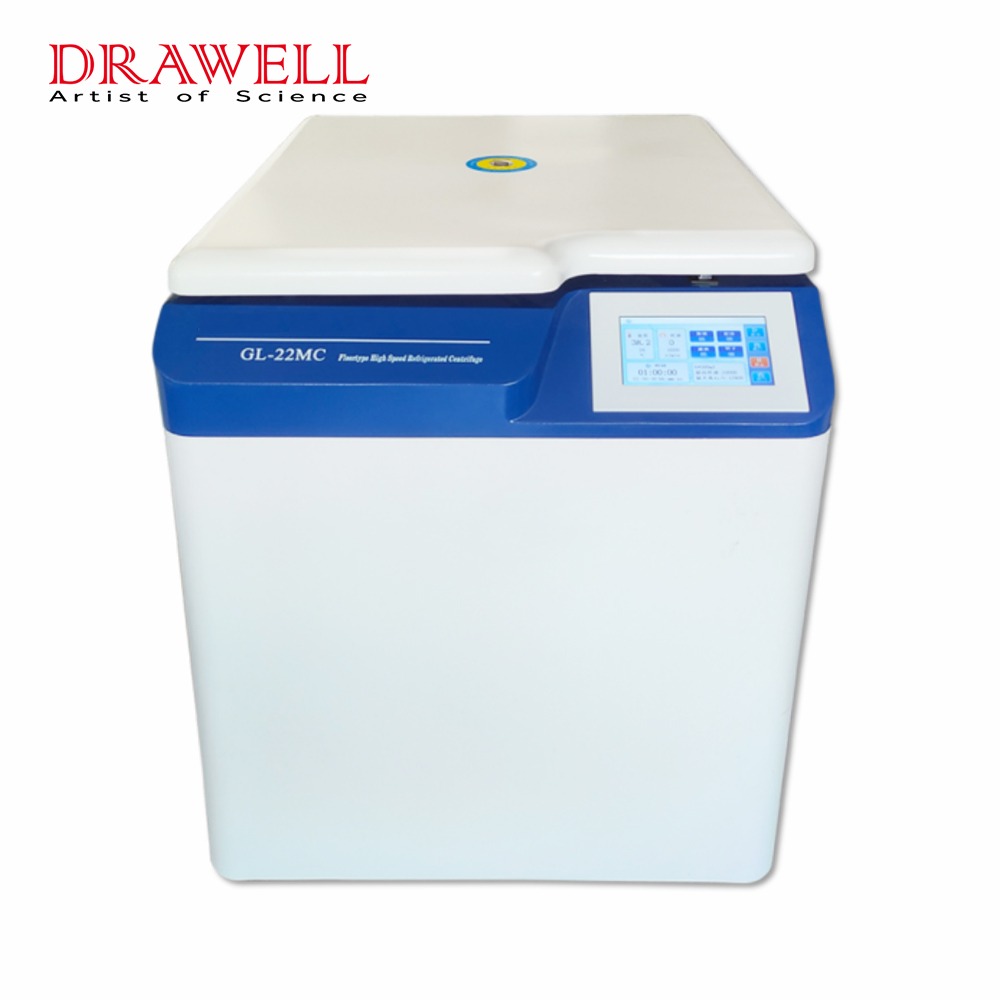A high speed refrigerated centrifuge is a machine that uses the strong centrifugal force generated by the rotor speed of the centrifuge to accelerate the sedimentation speed of the particles in the liquid and separate the substances with different sedimentation coefficients and buoyant densities in the sample.
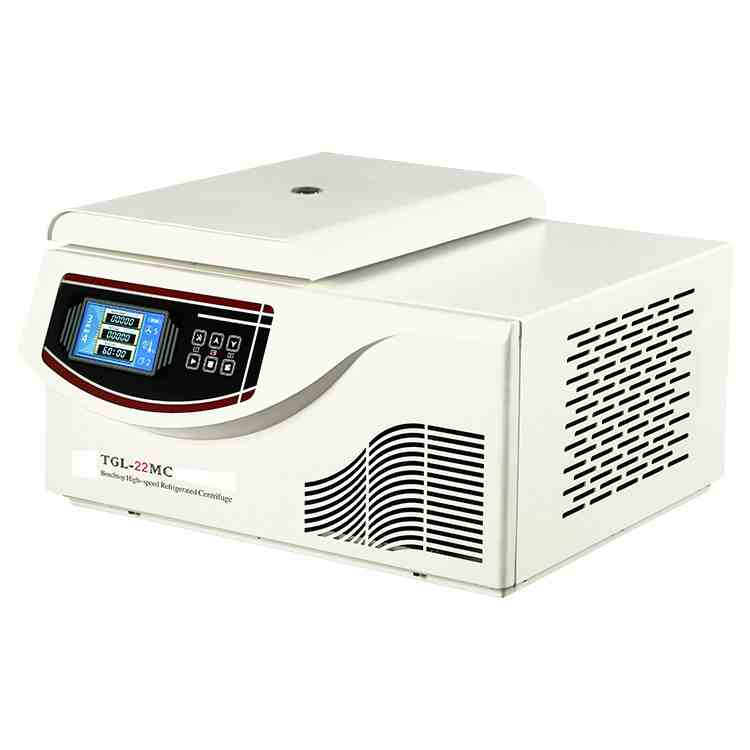
The laboratory high speed refrigerated centrifuge is an instrument that separates substances of different densities and particle sizes in suspensions or emulsions through the centrifugal force caused by rotating the rotor, or performing analysis while peeling off. The application field is very wide, and it is suitable for use in chemical, food, chemical, environmental protection, mining, teaching, and other laboratories.
But if not handled properly, high speed refrigerated centrifuges are prone to failure. So how to solve its failure problem? What is the correct method of operation? Read on and you’ll get your answer.
What are the faults of the desktop high speed refrigerated centrifuge?
Our technical engineers have listed the following common problems and corresponding solutions, hoping to help users
Question 1:
After the desktop high-speed centrifuge is powered on, the motor does not turn. The motor is equivalent to the engine of the entire device, and the subsequent operation cannot run without rotation.
Given this situation, it is generally necessary to check the power cord, plug, and socket first, and replace them if they are damaged. If there is no problem, check whether the band switch or rheostat is damaged or the connection is disconnected; if damaged or disconnected, replace the damaged components. Re-solder the connection; if there is no problem, check whether the motor magnetic field coil is broken or disconnected (internal). If the connection coil is broken, you can re-solder it. If the internal circuit of the coil is broken, the coil can only be rewound.
Question 2:
The motor of the desktop high speed refrigerated centrifuge is running, but the speed cannot reach the rated speed. What is the reason for this situation? What should I do?
The technician suggested that the user can check the bearing first, and replace the bearing if the bearing is damaged; if the bearing is short of oil or there is too much dirt inside, the bearing should be cleaned and filled with grease.
In addition, it is necessary to check whether there is any abnormality on the surface of the commutator, or whether the matching between the brush and the surface of the commutator is consistent. If there is an abnormality on the surface of the commutator, such as a layer of oxide, it can be polished with fine sandpaper. If the match between the commutator and the brush does not match, it should be adjusted to a state of good contact.
After eliminating the above problems, the user needs to check whether there is a short circuit in the rotor coil, and if so, rewind the coil.
Question 3:
When the weather is cold, the low gear of the desktop high speed refrigerated centrifuge cannot be started.
This situation is mainly affected by the weather, which can cause the lubricating oil to solidify or the lubricating oil to deteriorate, dry up and stick. Return with hand assistance at first or actively re-oil after cleaning.
Question 4:
The high speed refrigerated centrifuge vibrates obviously and makes a lot of noise.
It is suggested in the industry first check whether there is an imbalance problem. In addition, check whether the screws that fix the machine are loose and if so, tighten them; check whether the bearings are damaged or bent, and replace them if any. If friction occurs because the machine housing is deformed or positioned incorrectly, it needs to be adjusted.
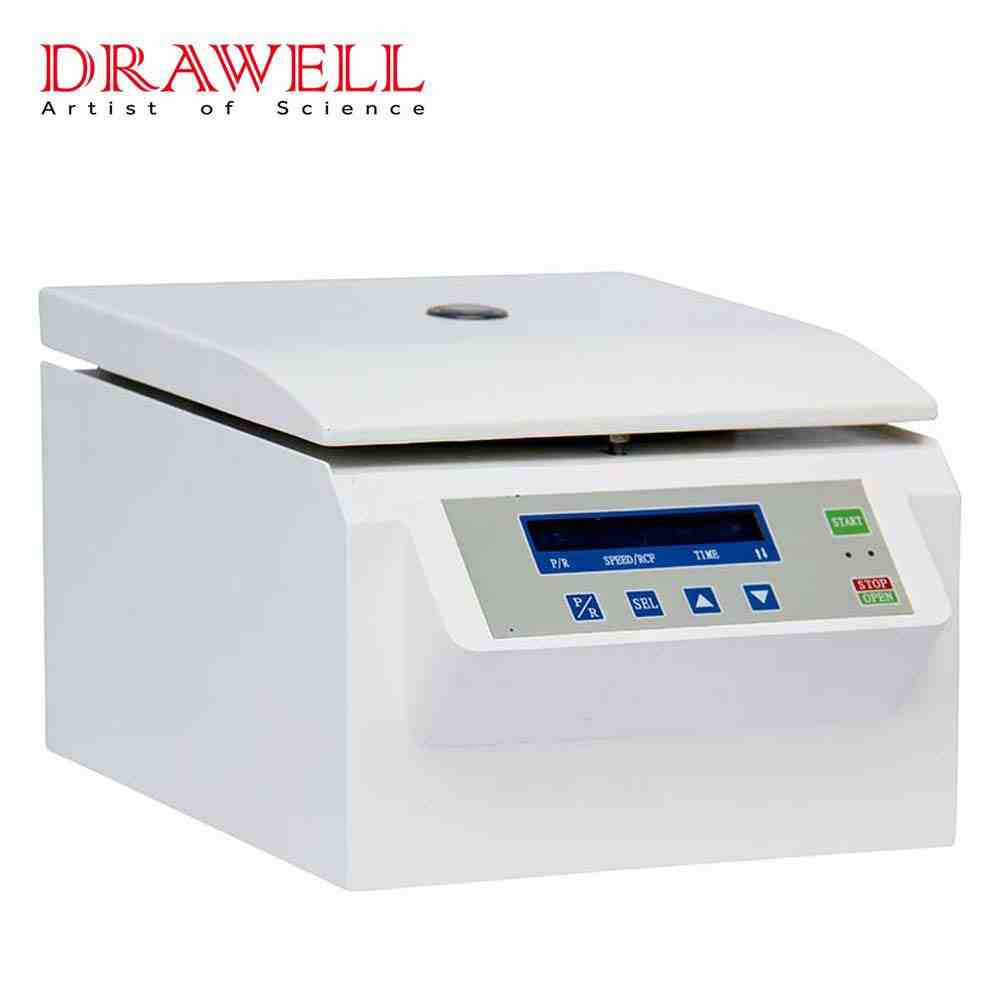
Correct use of high speed refrigerated centrifuge
To prolong the life of the refrigerated centrifuge as much as possible, and reduce the probability of failure. When using a high-speed refrigerated centrifuge, you must strictly abide by the following regulations:
1. The amount of solution in the centrifuge tube must be appropriate. The stainless steel tube has no cap and can only be filled 2/3 of the way, the plastic tube can be mounted on the shoulder. The tube cap must be tightly closed, and no water leakage is allowed. Empty tubes deform when centrifuged. The use of organic solvents in plastic pipes must meet the requirements.
2. Centrifuge tubes must be placed in pairs and must be strictly balanced with a deviation of 0.1g.
3. Idling without turning back is not allowed. The handle must be used to take out the rotary head to prevent the rotary head from slipping. The turning of the head should be placed gently and firmly. After releasing the handle, hold the handle with your hand and turn only your head. The rotating machine head cover is tightly closed, and centrifugation without a cover is not allowed.
4. When centrifuging, it is not allowed to open the machine cover to hold the centrifuge. If there are abnormal sounds and vibrations, stop the machine immediately.
5. After the rotary head is used, it must be taken out of the rotary head cavity in time and dried, and carefully wipe the tube hole with a hole wiping stick. If there is overflow, it must be cleaned, wipe the condensed water in the rotor chamber, open the door, and cool and dry the rotor chamber.
6. To use the centrifuge, you must make an appointment, and you must register after use.
7. People who have not received training and evaluation cannot use it.
8. Choose the appropriate rotor and speed, do not use Overspeed.
9. Choose an appropriate temperature, usually 4°C, not lower than zero except for organic solvents, so as not to freeze and damage the centrifuge tube and the rotating head.
10. Before using the rotary head, the tube hole must be cleaned with a hole wiping stick, and carefully inspect the bottom of the hole for cracks and white spots. If there is one, it will be obsolete.


